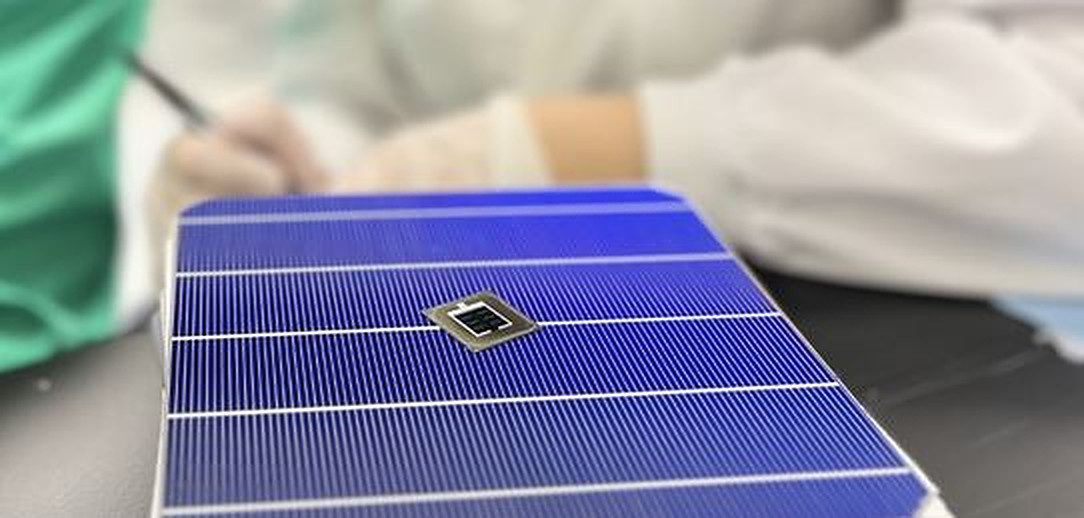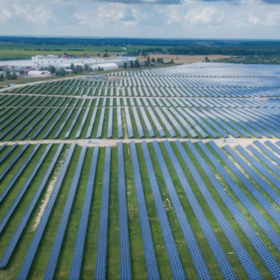From pv magazine Global
The international research group led by Professor Martin Green from the University of New South Wales in Australia has published Version 62 of the “solar cell efficiency tables” in Progress in Photovoltaics. The scientists said they have added 21 new results to the new tables since December.
“The highlights are a large increase in small-area kesterite (CZTSSe) cell efficiency by the Institute of Physics, Chinese Academy of Science (CAS) from 13.0% to 14.9%, with less dramatic increases in small-area organic PV cell efficiency to 19.2% by Shanghai Jiao Tong University and in small-area perovskite cell efficiency to 26.0% by the Institute of Semiconductors, CAS,” Green told pv magazine.
“Notable perovskite progress is also reported in the 2-terminal tandem cell area, with all-perovskite tandem cell efficiency increasing to 29.1% for a 0.05 cm2 device and 28.2% for a larger 1 cm2 device, with both devices fabricated by Nanjing University in collaboration with Renshine Solar,” he added.
Greener also stressed that new results are reported for perovskite/silicon tandem cells with 33.7%, for a 1-cm2 device fabricated by the King Abdullah University of Science and Technology (KAUST), and 28.6% efficiency for a much larger, full-sized 258-cm2 cell fabricated by Oxford PV.
“Good progress is also reported in the encapsulated module area, with a large increase for an organic PV module efficiency from 8.7% to 13.1% for a 57-cell module fabricated by Ways Technical Corporation in conjunction with Nanobit,” he explained. “Efficiency gain to 19.2% is also reported for a 39-cell perovskite module fabricated by UtmoLight and to 24.7% for a much larger 112-cell, 1.8m2 silicon module fabricated by Maxeon. Additionally, the first small CIGS module from Avancis with efficiency over 20% is reported. ”
In Version 61 of the tables, released in November the researchers added five new results. The group has seen major improvements in all cell categories since 1993, when the tables were first published.
The research group includes scientists from the European Commission Joint Research Centre, Germany’s Fraunhofer Institute for Solar Energy Systems, Japan’s National Institute of Advanced Industrial Science and Technology, the US Department of Energy, and the US National Renewable Energy Laboratory.
This content is protected by copyright and may not be reused. If you want to cooperate with us and would like to reuse some of our content, please contact: editors@pv-magazine.com.









By submitting this form you agree to pv magazine using your data for the purposes of publishing your comment.
Your personal data will only be disclosed or otherwise transmitted to third parties for the purposes of spam filtering or if this is necessary for technical maintenance of the website. Any other transfer to third parties will not take place unless this is justified on the basis of applicable data protection regulations or if pv magazine is legally obliged to do so.
You may revoke this consent at any time with effect for the future, in which case your personal data will be deleted immediately. Otherwise, your data will be deleted if pv magazine has processed your request or the purpose of data storage is fulfilled.
Further information on data privacy can be found in our Data Protection Policy.